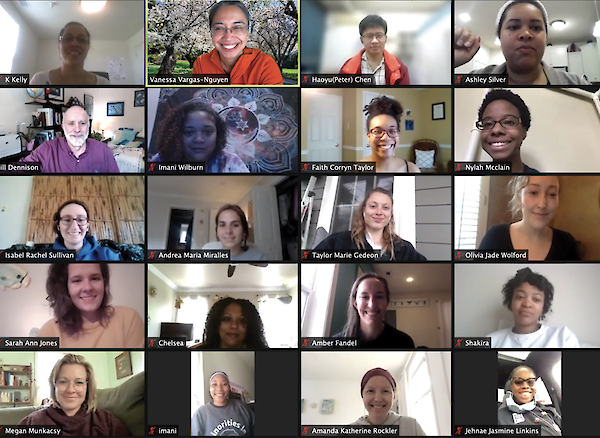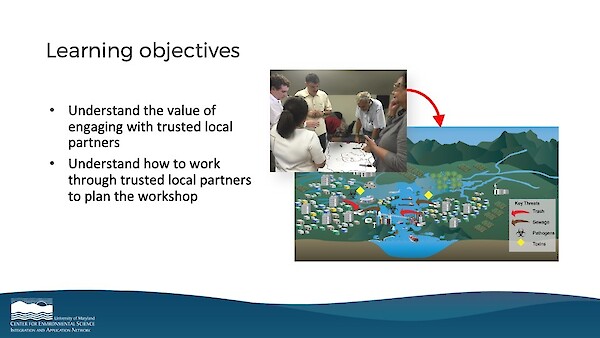Developing an Environmental Justice Index

A conceptual framework for an Environmental Justice Index for the Chesapeake Bay watershed was developed through a graduate course in the Marine Estuarine Environmental Science (MEES) program held last Spring 2021 and taught by Dr. Bill Dennison and Dr. Vanessa Vargas-Nguyen. Graduate students came from various Maryland universities, including the University of Maryland College Park, University of Maryland Center for Environmental Science, and the University of Maryland Eastern Shore. In this course, students, instructors, and staff engaged with subject matter experts to establish potential indicators and thresholds in various aspects of environmental justice from existing publicly available data and literature. Examples of potential indicators include proximity to hazards, access to green space, management and governance, and restoration funding. Preliminary results were presented during the Chesapeake Bay Program STAC meeting and three listening sessions with select stakeholders were held. Outputs from the class included a series of student blog posts, a summary video, and a newsletter.
Teaching stakeholder engagement in a virtual setting

Last month, IAN led a two-week course for students in the University of South Carolina Oceans and Human Health (USC-OHH) program. Integrating online video lessons and daily class discussions (held over Zoom), IAN Director Dr. Heath Kelsey facilitated a class that discusses the value of stakeholder engagement in environmental decision-making. Dr. Kelsey has previously worked with PhD students in the USC-OHH program. Through this course, IAN staff provided students with the knowledge and insight needed to facilitate work with impacted communities and positively effect environmental change.
Co-developing watershed report cards in Detroit

IAN is partnering with Council Fire, LLC, the Erb Family Foundation, and The Clinton River Watershed Council, Friends of the Detroit River, Huron River Watershed Council, River Raisin Watershed Council, and Friends of the Rouge River, to create socio-environmental report cards for these 5 rivers, and a report card that integrates the results into an assessment of the Detroit Michigan region. This ambitious project is a collaboration with local stakeholders to develop a shared understanding and vision for each watershed, indicators that can reflect on the social, cultural, economic, and environmental values within that vision, and analysis of data to assess progress toward achieving it.

